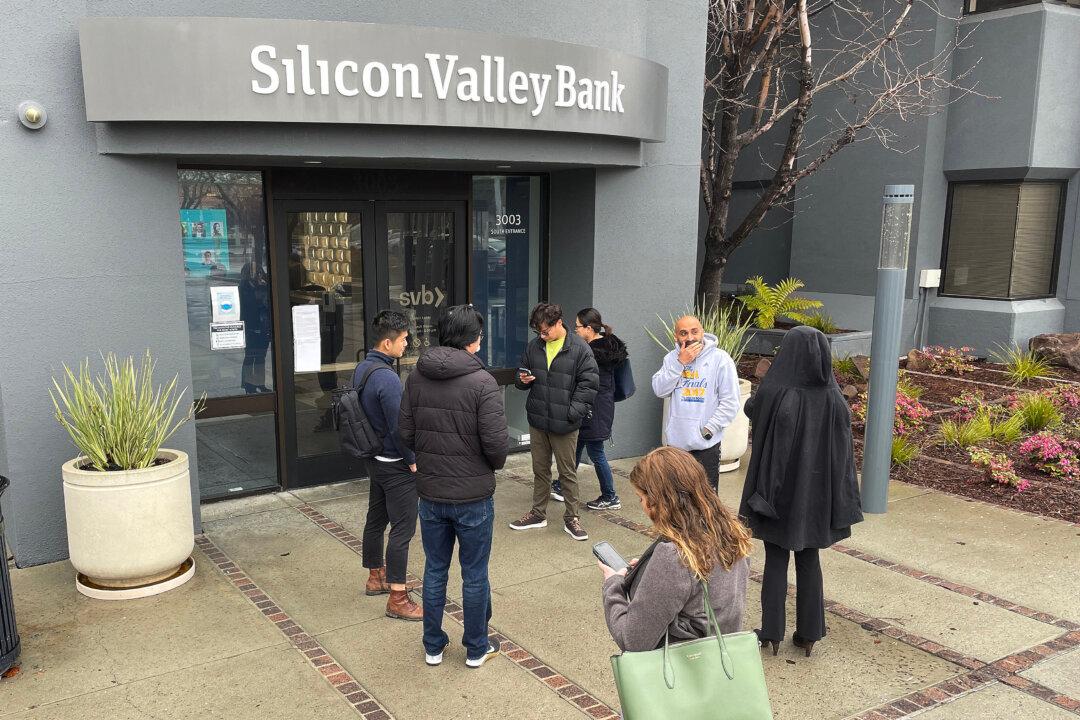The Federal Deposit Insurance Corporation (FDIC) has assumed control of Silicon Valley Bank (SVB) to protect depositors from losing all of their money after it was closed by the California Department of Financial Protection and Innovation.
Federal banking regulators on March 10 took custody of the country’s 16th largest bank, which was a top lender for American tech and life sciences firms and start-ups, according to a press release.





